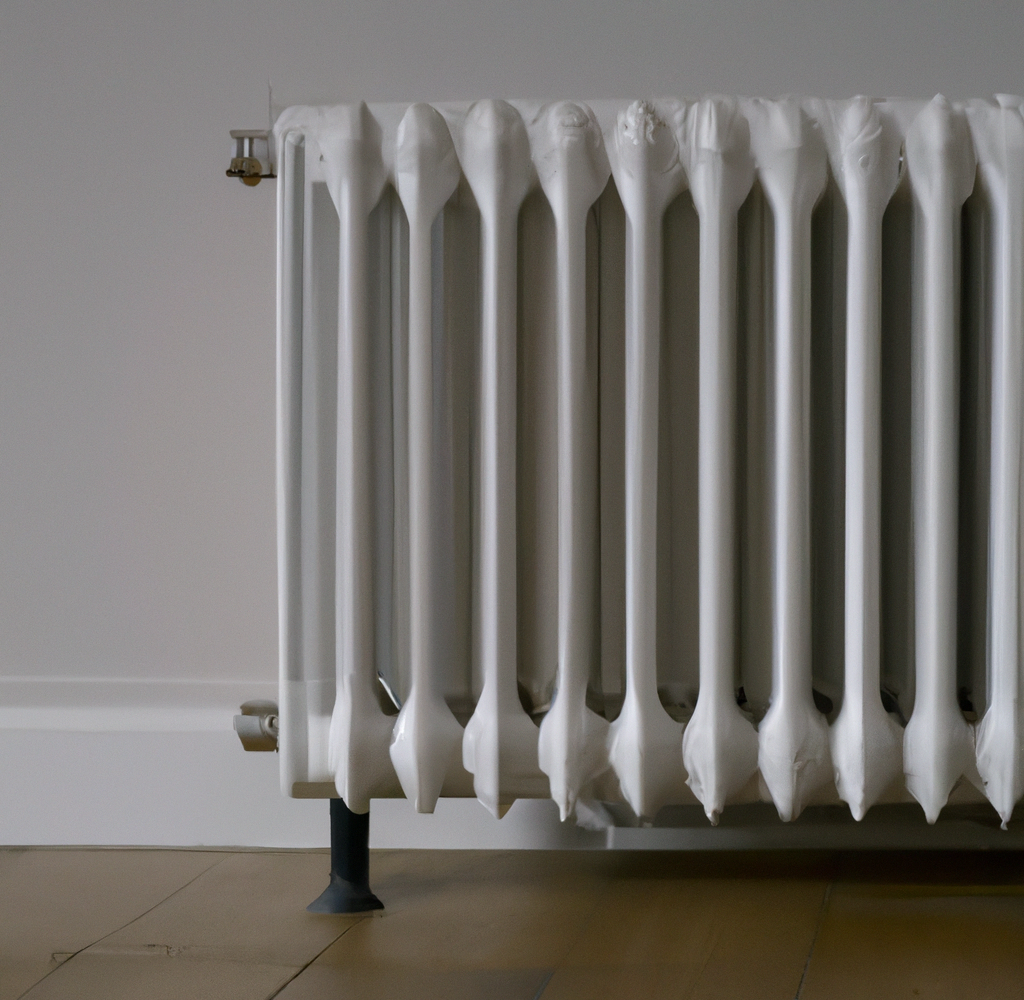Introduction
Central heating systems are the unsung heroes of modern living, providing comfort and warmth to millions of homes worldwide. Among the various types of central heating systems, the wet central heating system stands tall as one of the most popular choices due to its efficiency and ease of installation. However, as with any complex system, issues can arise, and one of the most overlooked yet insidious problems is bad water distribution. In this blog entry, we will explore the problems caused by poor water distribution in domestic wet central heating systems and shed light on the importance of regular maintenance to ensure optimal performance and longevity.
- Uneven Heating and Cold Spots
One of the telltale signs of bad water distribution in a central heating system is uneven heating throughout the house. When water fails to distribute evenly, certain radiators or heating zones may become significantly warmer than others, leading to discomfort for the occupants and inefficient energy usage. Additionally, cold spots can form, leaving certain rooms chilly while others remain cozy. These imbalances not only compromise comfort but can also result in higher energy bills due to constant thermostat adjustments.
- Reduced Efficiency and Increased Energy Costs
A poorly balanced wet central heating system can lead to decreased efficiency, forcing the boiler to work harder than necessary to compensate for the temperature fluctuations. When the system operates under such conditions, it consumes more energy, which, in turn, causes energy costs to soar. This not only puts a strain on your wallet but also has a negative impact on the environment as more resources are expended to heat the home.
- Strain on the Boiler and Components
Bad water distribution can lead to increased strain on the central heating boiler and its components. The inconsistent flow of water can cause the boiler to overheat or operate under immense pressure, leading to premature wear and tear on vital parts like pumps, valves, and thermostats. Ultimately, this can lead to expensive repairs or, in extreme cases, the need for a full boiler replacement.
- Airlocks and System Blockages
Water distribution issues may lead to the accumulation of air in the system, forming airlocks. Airlocks hinder the proper flow of water and can cause radiators to remain cold or even prevent the heating system from functioning altogether. Moreover, localized blockages can occur in pipes or radiators, resulting in reduced heat output and further exacerbating the uneven distribution problem.
- Corrosion and System Contamination
A poorly balanced central heating system may also contribute to the formation of corrosion and sludge within the pipes and radiators. The uneven flow of water can create stagnant areas, allowing rust and debris to settle, compromising the system’s overall health. Corrosion weakens the metal components, leading to leaks and breakdowns, while sludge hinders water flow, reducing the system’s efficiency.
Conclusion
A domestic wet central heating system is a sophisticated network of components that must work harmoniously to provide warmth and comfort to your home. Bad water distribution is a silent saboteur that undermines the system’s efficiency and can lead to costly consequences if left unaddressed.
Regular maintenance and system balancing by qualified professionals are crucial to ensure that your central heating system operates optimally. Balancing involves adjusting the flow of water to each radiator or zone, guaranteeing even heat distribution throughout the house. Additionally, installing filters and employing chemical treatments can help prevent corrosion and sludge buildup, extending the life of your heating system.
By addressing and rectifying water distribution problems promptly, you can enjoy a comfortable and energy-efficient home while safeguarding your central heating system from potential damage. Remember, a well-maintained heating system not only saves money in the long run but also contributes to a greener and more sustainable environment for everyone.
Naxca LTD
